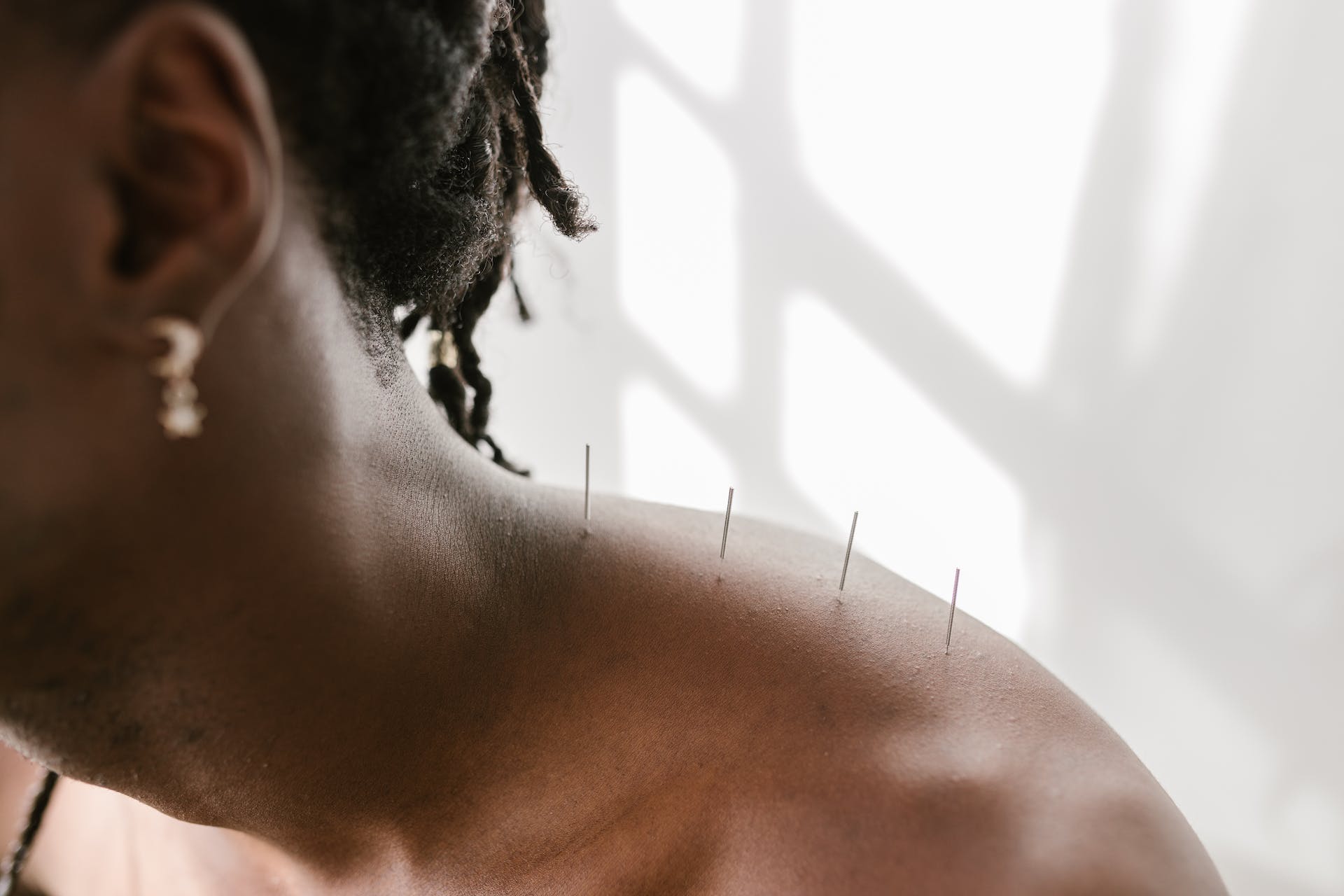Acupuncture: An ancient form of treatment worthy of consideration
an in-depth exploration of its origins, evolution, benefits, and considerations for its use.
11/14/2023

Acupuncture, originating from ancient China, traces back over 2,500 years. Its foundations are rooted in Taoist philosophy and the belief in the body’s energy flow or Qi (pronounced chee). Early practitioners observed that stimulating specific points on the body could alleviate pain and promote healing.
Traditional Chinese Medicine (TCM):
Acupuncture became a fundamental aspect of Traditional Chinese Medicine, which views health as a balance between Yin and Yang energies within the body. According to TCM, disruptions in this balance lead to illness, and acupuncture aims to restore harmony.
Evolution:
Over centuries, acupuncture evolved from using sharpened stones or bones to the use of fine metallic needles. It also incorporated knowledge from other cultures and medical practices.
Development and Techniques:
The Art of Insertion: Acupuncture involves the insertion of thin, sterile needles into specific points on the body, known as acupoints. These points are believed to be along meridians, pathways through which Qi flows. The needles are manipulated manually or via electrical stimulation.Variations and Innovations: Different forms of acupuncture have emerged, such as acupressure, where pressure is applied to acupoints instead of needles. Other variations include electroacupuncture, auricular acupuncture (focusing on the ear), and moxibustion (burning dried mugwort near the skin).
Benefits:
Pain Management:
Acupuncture gained recognition for its efficacy in pain relief, particularly in chronic conditions like back pain, migraines, and osteoarthritis. Many users report reduced discomfort and improved quality of life.
Stress Reduction:
It’s believed that acupuncture can help alleviate stress and anxiety by triggering the release of endorphins, the body's natural painkillers, and influencing neurotransmitters.
Adjunct to Western Medicine:
In recent years, acupuncture has gained acceptance as a complementary therapy alongside conventional medicine. It’s used in conjunction with treatments for conditions like chemotherapy-induced nausea, postoperative pain, and fertility issues.
Cautions and Considerations:
Safety and Regulation:
While generally considered safe when performed by trained professionals, improper needle placement or unsterile needles can lead to complications such as infections or punctured organs. Thus, seeking treatment from licensed practitioners is crucial.
Individual Responses: Acupuncture’s effectiveness can vary widely among individuals. Some experience significant relief, while others may not respond as favorably. Factors like the practitioner’s expertise, the condition being treated, and the patient’s overall health play a role.Scientific Understanding: Despite its widespread use, the mechanisms behind acupuncture’s effects aren’t fully understood in Western scientific terms. Research is ongoing to elucidate the physiological and neurological processes involved.
Acupuncture, with its deep historical roots and evolving techniques, continues to intrigue and benefit many individuals seeking alternative or adjunctive therapies. Its integration into mainstream healthcare reflects its potential for pain management, stress reduction, and holistic wellness. However, cautious consideration of its application, practitioner credentials, and individual responses remains crucial. As research progresses, a deeper understanding of acupuncture’s mechanisms may further enhance its acceptance and integration into modern medical practices.







